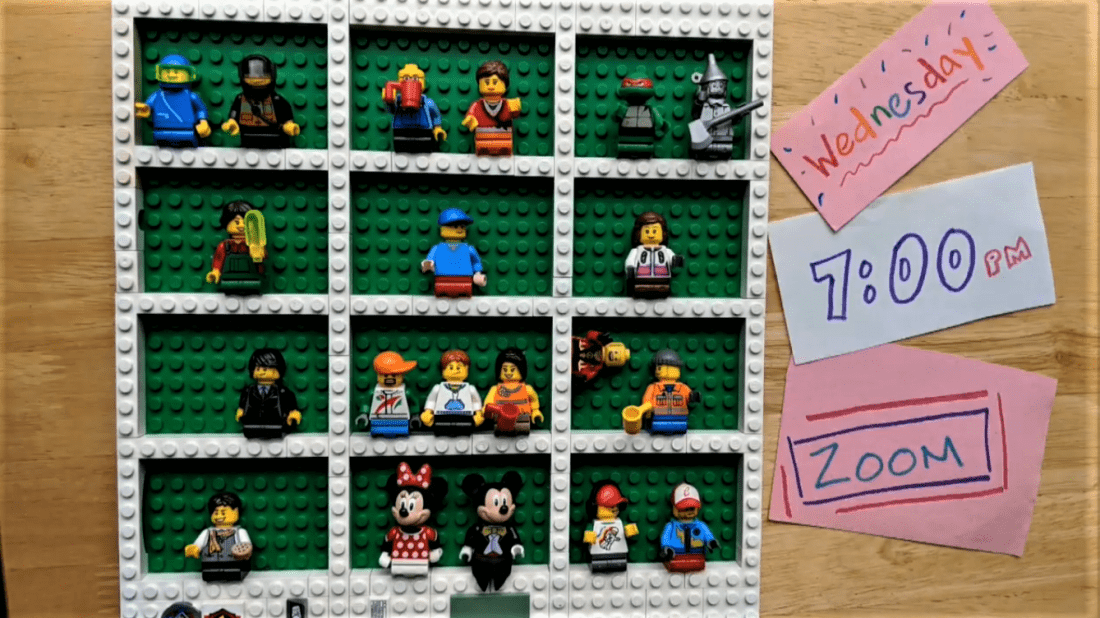Challenges, success mark division
by Sue Schumann Warner –
It’s noon in San Francisco’s Tenderloin and things are a little slow on the street today. The usual mix of drug dealers, pimps and prostitutes has diminished; here and there a disheveled transient—or a tattooed, body-pierced teenager—shuffles by, passing the tired “single residence only” hotels while navigating a gauntlet of pigeons, trash, and peep shows.
Over on Turk Street, volunteers fan out from The Salvation Army corps and hit the streets, armed with bright blue insulated packs filled with meals for about 120 homebound folks who call this hardscrabble neighborhood, home.
Today, as on each weekday throughout the year, this army of grace provides food and fellowship—as well as friendship—to those who have little means of caring for themselves.
“A lot of the people receiving the meals see no one else; we are the only ones they come into contact with for the day,” said program director Eleanor Katopes.
This program—called “Meals that Heal”—is one of many social service outreach efforts that the Army runs in the city and one of hundreds operated throughout the entire Golden State Division. And like the others, this program, like the others, touches lives at the point of need…compassionately, compellingly, and with great dignity.
Throughout the division
In this division, which reaches from San Francisco to Bakersfield, Calif., The Salvation Army helps men, women and children through its practical, caring, holistic ministry…in the process, they break the chains of drug and alcohol addiction; provide a safe environment for kids in summer and after school programs; clothe children and adults; offer secure housing for seniors; share the love of Jesus Christ through ministry, church activities and worship; and meet needs here, as elsewhere, without discrimination.
“We are committed to getting to know people in this division—and their needs—and meeting them to the best of our ability,” says Divisional Commander Major Joe Posillico. His wife Major Shawn Posillico, is the divisional Director of Women’s Ministries.
Posillico notes that when they were appointed divisional leaders a year ago, they had four goals: to deal with the division’s financial situation; raise consciousness about missions; develop youth; and engage and develop advisory board members. “We’ve addressed them all,” Posillico said.
Financial challenges
It’s been nearly 10 years since the Golden State and Del Oro Divisions were created from the (former) Northern California and Nevada Division. That coincided with the start of an era of fiscal challenge for the Golden State Division, resulting in significant loss.
“Starting in 1995 we lost maybe $2 million a year in San Francisco city contracts. Obviously, that has had a major effect on what we do in the city,” said Posillico. The Army was also dropped by the United Way in San Francisco at that time, and since then has received no funds from them. “We also lost several hundred thousand dollars in United Way funding throughout the division; every town in the division was affected.” Combined with the loss of income from the stock market downturn, and increases in insurance and auditing rates, the division has had to take strict measures—one example: half of the new corps opened 10 years ago have had to be closed.
Youth and missions programs flourishing
“We’ve got some great things happening with our youth,” Posillico noted.
“We had a tremendous youth councils, with nearly 500 attending. Part of councils was hands-on ministry experience. Kids went out in teams in different communities; some served food at a homeless kitchen, some did open air meetings, some washed cars, others played with children at a park, and cleaned up a building.”
To generate awareness of and support for camp programs, each officer in the division is now required to spend at least a week at camp. One officer, who attended music camp with his son, hadn’t been to camp in 14 years. He served as chaplain and afterwards told Posillico it was one of the best experiences he had ever had—and that he intended to return to camp the next summer.
Missions programs are also thriving. Three teams went out from the division this year; next year they are looking at having an advisory board missions team. “We have a board member, Dick Hagerty, who served on the national board and was the chair of its world services committee,” explained Posillico. “We’ll be looking to him to take leadership of this group.”
Last year, only four of the division’s 33 corps raised enough funds to meet their World Services goals without having to supplement them; this year, 14 did.
Innovative advisory board audit committee
Possibly the only division with an advisory board audit committee, the year-old development has been of great benefit. Composed of eight representatives from five of biggest advisory boards in the division, the committee looks at the division’s finances as a whole and provides recommendations for financial recovery, debt reduction, and financial development.
In addition, San Francisco’s advisory board is active and involved in its mission. Two of its advisory board members currently serve on The Salvation Army’s National Advisory Board: Mary Theroux and Rob Pace.
Theroux, a director and vice-president of The Independent Institute, a public policy research and educational organization, has been a member of the city’s advisory board since 1995 (and its former chair) and the national board since 2003. “It takes five years to soak in all that The Salvation Army does,” she said. “Everything they do makes such an incredible difference; they do it with such love, where the need is, 24/7.”
Pace, managing director at Goldman, Sachs & Company, joined the local advisory board seven years ago and has been on the national board since 2003. “We’ve had our ups and downs here with the loss of funding and domestic partner situation; between the [proposed] Kroc Center and the Silvercrest, we’re poised to make a resurgence.”











